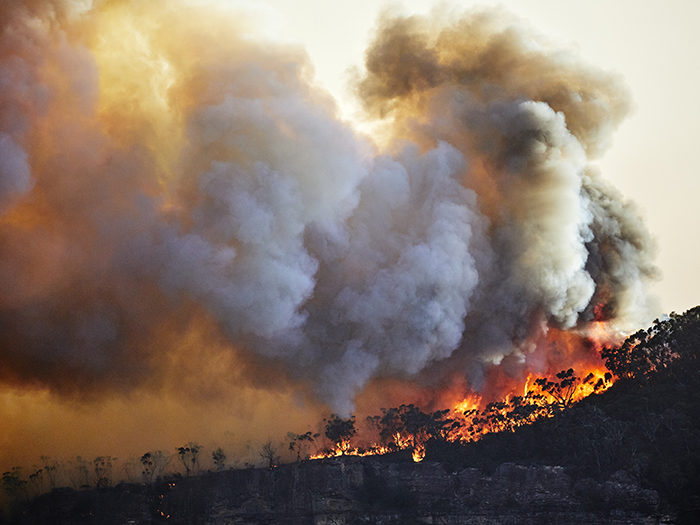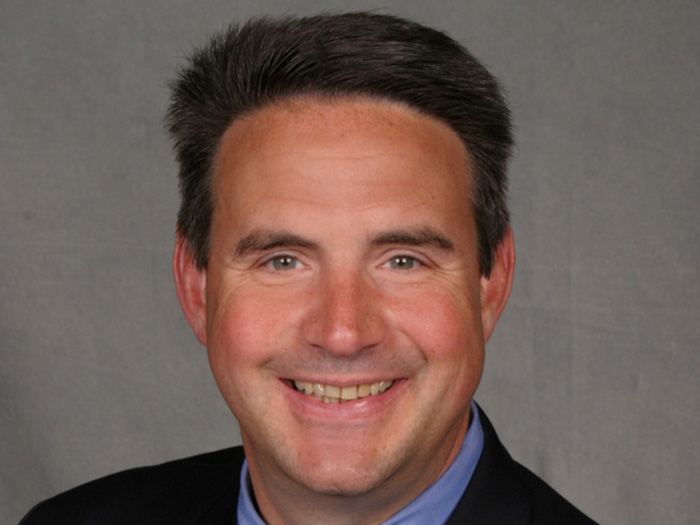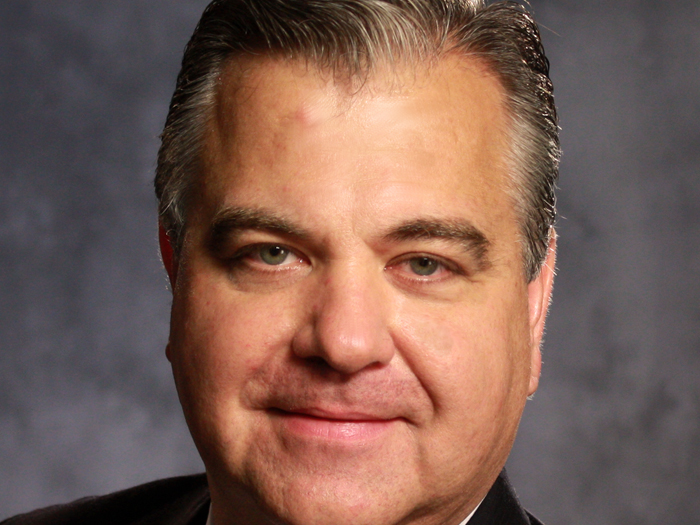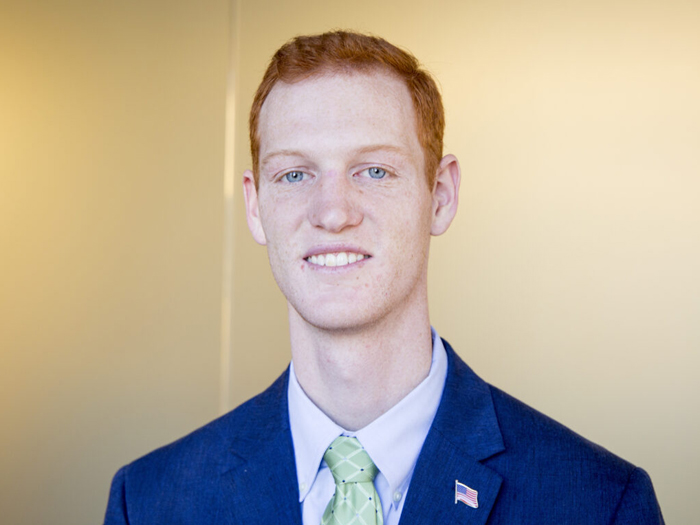Concerned About Natural Disasters? Meet Helix, an Advisory Board Dedicated to Finding Solutions

It didn’t gain as much attention in the news, but the past year brought about a series of natural disasters around the world in addition to the pandemic. This continues a major trend we have been witnessing for the last two decades.
According to the United Nations Office for Disaster Risk Reductions, the number of climate-related disasters between 2000 and 2019 more than doubled over the number between 1980 and 1999.
This has made it more apparent than ever that we need a better way of assessing the risk of natural disasters as a whole.
This month, The Institutes moved to announce the formation of an advisory board, named Helix, which will spearhead the implementation of new technologies in the assessment and management of the risks of natural disasters.
Helix represents the insurance industry’s commitment to providing social resilience and economic stability in our increasingly dynamic and unpredictable world.
By bringing together experts from many fields, and articulating the work of research and development through four key pillars, the Helix board will work cooperatively toward solutions that not only improve the insurance industry, but also benefit the general public and society at large.
A Holistic Approach
At the broadest level, the work of Helix is based on the findings of The Institutes’ Catastrophe Modeling Operating Standards (CMOS) initiative.
This team completed exploratory research in 2020 that was aimed at testing an open common exposure data standard. The aim was to establish an approach for U.S. insurers, reinsurers, intermediaries and model providers, through which information could be shared about natural disaster resilience in a safe, secure and commercially sensitive way.
The development of these data sharing protocols has been informed, in turn, by an increasingly acute sense — both in the insurance industry and outside it — that emerging technologies provide an opportunity for insurers to greatly expand both their capabilities and their value to society.
Recent years have seen increased research interest in the impact of technology on risk and particular ways in which the industry may be able to automate the analysis of claims.
Helix seeks to integrate these new approaches into an overarching framework for the application of new and emerging technologies in natural disaster resilience.
The Helix vision is articulated through four main pillars: Climate and Resiliency, Data, Technology, and Operations.
The Institutes, as a provider of risk management and insurance knowledge solutions, education, research, networking and career resources for the insurance industry, is in a good position to coordinate this work.
According to Peter Miller, president and CEO of The Institutes, Helix is an opportunity “for The Institutes to facilitate bringing the industry together and to serve as a neutral third party in work on this important issue that ultimately benefits the general public. We are excited to help coordinate this effort focused on mitigating the adverse effects of natural disasters.”
Dynamic Technology for a Dynamic World
The formation of Helix represents a paradigm shift in the insurance industry, which is currently facing massive challenges, including climate hazards, economic resilience against shifting demographics and the consequential escalation in natural catastrophe loss volatility.
In this context, the development of an open, reliable and trusted data standard for sharing information on shared exposure has long been a strategic goal.
However, the formulation of such a standard has been held back by a variety of factors — not just the fundamental risk of sharing data, but also the fact that nonprofits are seeing increased cyber threat levels and concerns about the risks presented by emerging technologies such as artificial intelligence in the industry.
Simultaneously, however, there is an increased consciousness in the insurance industry that these emerging technologies offer opportunities as well as risks.
In just the last year, the rise of a new type of tech-focused insurance company that has come to be known as “Insurtechs” has provided a stark illustration of this. The work of the Helix board, facilitated and guided by The Institutes, will provide strategic guidance for companies, NGOs and other organizations seeking to deploy similar technologies in natural disaster risk assessment and management.
Building Together
At the time of writing, The Institutes is in the process of engaging with the founding members of Helix and of building out an appropriate governance structure for the board.
As these are put in place, Helix members will determine initial priorities in support of the four pillars and will begin to leverage the work performed under the CMOS initiative.
The further development of open data standards is envisaged to form just the beginning of a more holistic program of work.
There has long been a desire, within the insurance industry, for a more collaborative approach to managing shared exposure risks, especially when it comes to natural disaster resilience, and the formation of the Helix board will provide a starting point for a much wider program of work.
This was expressly noted by the founding members of the board.
“Based on the interest in and success of the CMOS, it is clear there is a desire for an industry-wide, cooperative effort focused on resilience from natural catastrophes,” said Sean Ringsted, chief risk officer at Chubb. “We’ve received strong interest in creation of Helix and look forward to welcoming the participation of additional organizations.”
A New Chapter
For The Institutes, Helix also represents a new chapter.
“We have long been at the forefront of technological and managerial innovation in the technology industry, whether this be through our leadership programs, continuing education courses, events and conferences, associations, custom solutions, publications, assessment tools, or more specific interventions such as our training program on blockchain in the insurance industry.
“Helix offers us the opportunity to take this work to the next level, and to contribute to global, communal efforts to improve fundamental operating issues in catastrophe risk analytics, and ultimately to build a safer, more resilient world,” Miller said.
Companies or individuals in search of additional information can contact The Institutes at [email protected]. &










